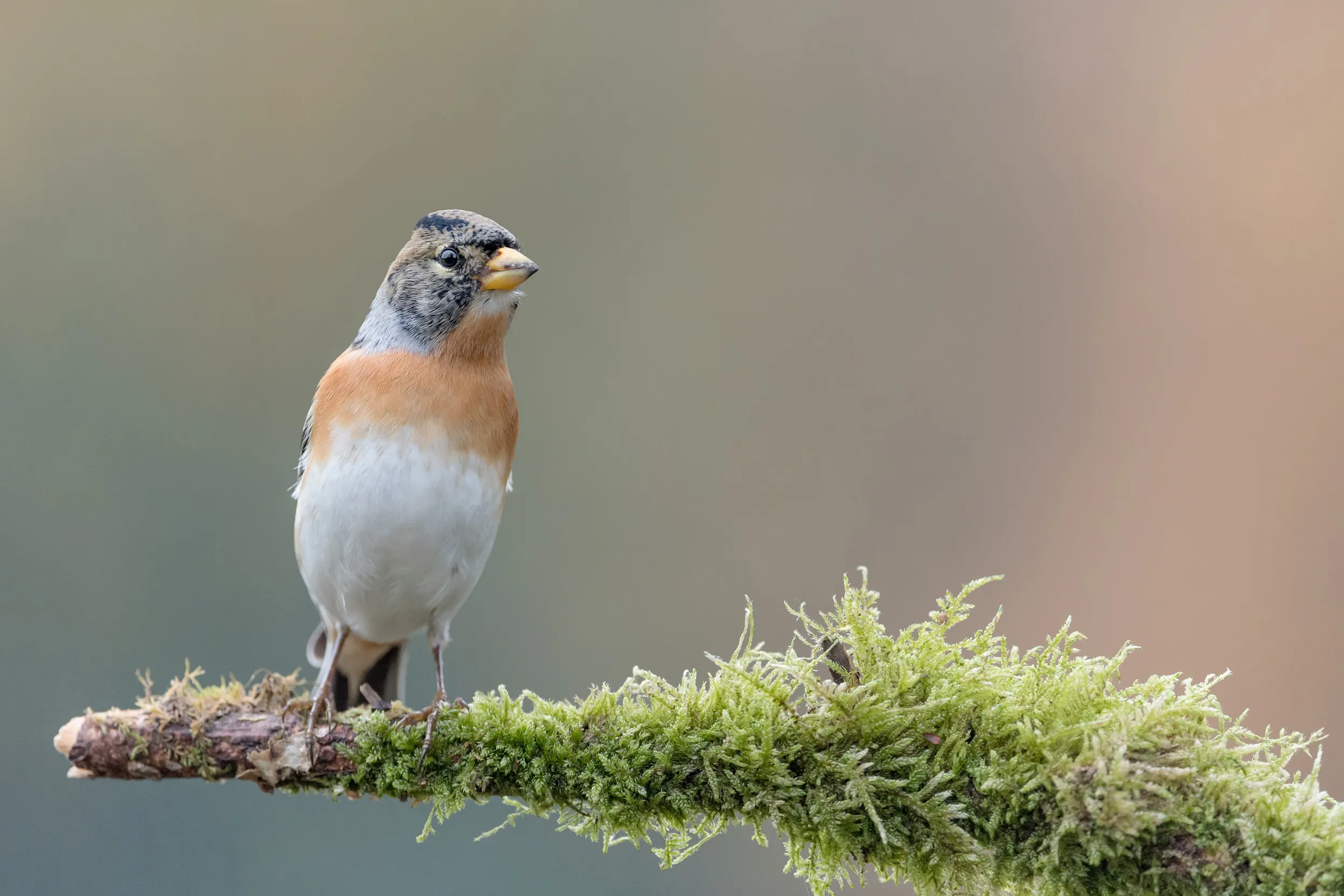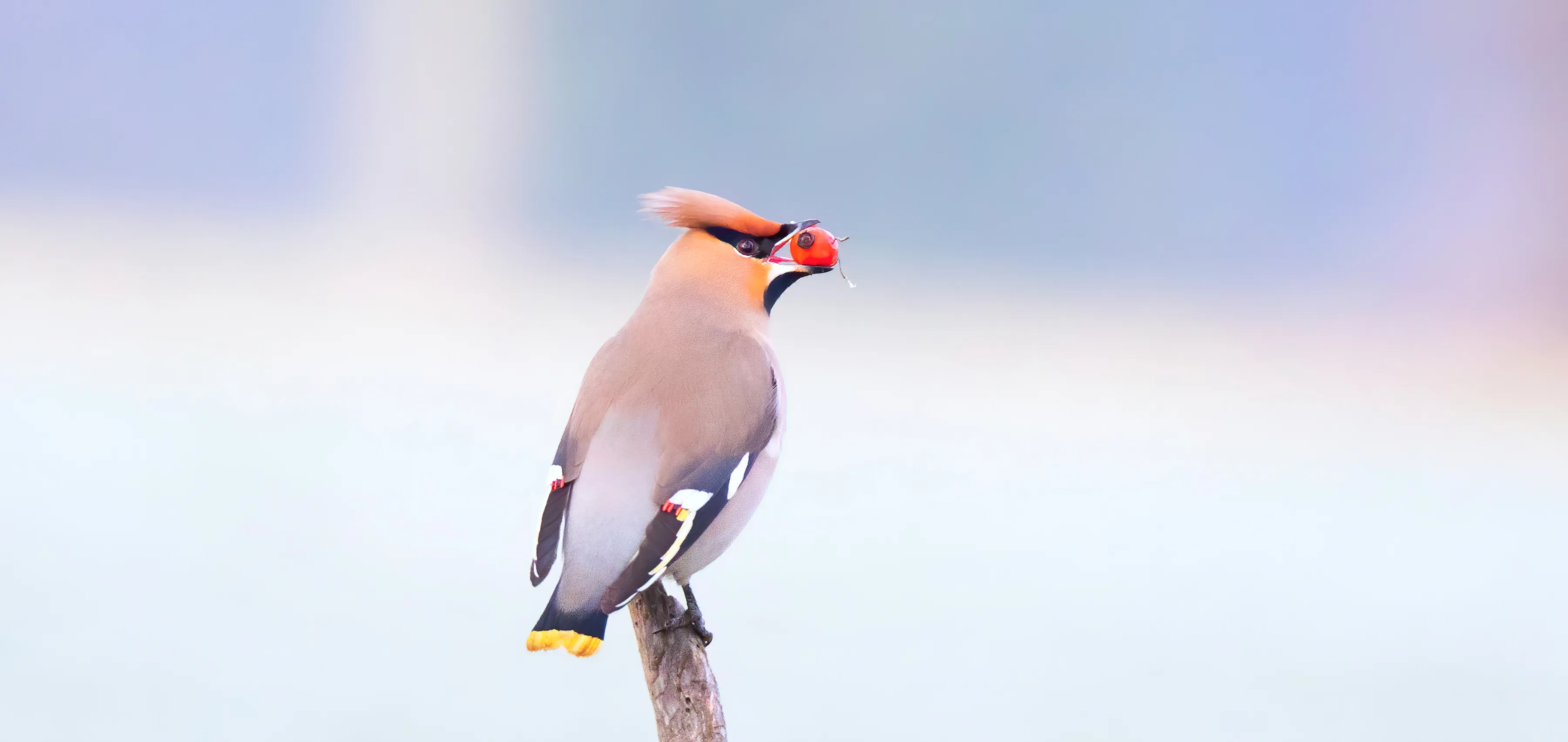News
White-tailed Eagles disappear in suspicious circumstances
We’re offering a £10,000 reward for information that leads to a conviction in these cases.
Nature is nothing if not unpredictable and Big Garden Birdwatch is no exception. We take a look at the rare and unusual birds that have made their way into people’s gardens and sometimes the Birdwatch.

One of the joys of birdwatching is that you never know for certain what might be out there, whether you’re peering through binoculars looking for birds or just gazing out of a window while eating your cereal. And Big Garden Birdwatch is no exception.
Fleur Willmott in Portsmouth was thrilled when a Black Redstart turned up in her Big Garden Birdwatch. While common in Europe, less than 100 pairs regularly breed in the UK, although more do visit in winter. “We had a Black Redstart that became a regular visitor to our garden last winter,” explains Fleur. “We have been doing everything we can to attract a diverse set of wildlife to our little garden. It’s always exciting to see new visitors checking it out!”
Another unexpected bird that turned up in a garden one year was a Grey Heron. Sarah Hamilton-Cardy who lives in Belfast was delighted:
I live in the suburbs of a city, so I think it's great. I didn't know he came to visit our pond but now he's a regular.”

There have also been instances of some very rare visitors showing up in the Big Garden Birdwatch. Two schoolchildren hit the birding jackpot when they recorded a Myrtle Warbler as part of their Big Garden Birdwatch in 2014. These are birds that breed in Canada and North America so not expected in the UK in winter.
Finder Emily Power, 12 at the time, said: “We saw a small bird with a flash of yellow and couldn’t figure out what it was, even when we looked at our chart of what to expect. Our Mum took a picture and showed it to expert RSPB staff at the Saltholme nature reserve who identified it as a Myrtle Warbler. We were shocked that such a rare bird would come to our normal garden in County Durham.” Emily and her brother nicknamed their rare guest “flora butterbum”.

In 2021, another North American bird was sighted in the Big Garden Birdwatch, when a Nothern Mockingbird was seen in a garden in Exmouth, East Devon. Previously in 2020, one Big Garden Birdwatcher saw a Siberian Lesser Whitethroat, a rare sub-species of a Lesser Whitethroat, in their Essex garden, nibbling at their bird feeder.
During winter, the UK is home to a number of migrant species, including Redwings, Fieldfares and Bramblings. These birds fly in from colder parts of northern and eastern Europe to take advantage of the UK’s relatively milder climate and sometimes you might be lucky enough to see one of these in your Big Garden Birdwatch.
“A single Brambling for about 30 seconds” is the reigning highlight of one birder’s Big Garden Birdwatch in the Peak District. The arrival of these overwintering finches coincides nicely with Big Garden Birdwatch, so if you live somewhere rural or semi-rural there’s always the chance of seeing one before they head back to Scandinavia or Russia.

Redwings and Fieldfares are members of the thrush family that winter in the UK. They are often spotted in flocks in the countryside or in parks together with other thrushes. Redwings can be told by the orangey-red colouring under their wings and a distinctive white eye stripe above the eyes. Fieldfares are a little smaller than a Mistle Thrush with speckled chests and grey heads.
Although Redwings and Fieldfares are not typically garden visitors, as winter draws on and natural food sources dwindle, they may visit gardens, particularly in more severe cold weather. Depending on what the weather is doing come January, you may see one in your Big Garden Birdwatch!
Waxwings are beautiful birds that sometimes come to the UK from Scandinavia in the winter to feast on berries. Some years, very few are seen; other years, loads turn up. Boom years are called ‘irruption years’, and there was one in 2024, when Big Garden Birdwatch recorded the highest Waxwing counts since the 2017 Birdwatch.
Irruption years don’t happen every year, so you might not see as many at the 2026 Birdwatch. But the beauty of nature is you never know what’s going appear!

But of course, Big Garden Birdwatch isn’t about seeing the most unusual or rarest birds. This is our chance to take the pulse of our garden wildlife in winter. By counting the birds that you see, we’re able to better understand how our garden birds are faring. So, whether you see a rare bird, a lone Robin or nothing at all, it all counts. Just be sure to take part in Big Garden Birdwatch 2026 at any time between Friday 23 and Sunday 25 January.